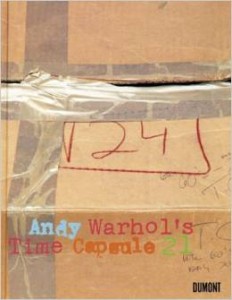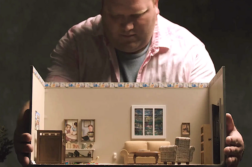 Andy Warhol: Time Capsule 21
Andy Warhol: Time Capsule 21
by John W. Smith, Mario Kramer, and Matt Wrbican
Distributed Art Publishers
304 pages, $35.
BETWEEN September 2003 and February 2004, the Museum für Moderne Kunst in Frankfurt, Germany, exhibited the carefully selected contents of fifteen of Andy Warhol’s 612 time capsules. Only one-sixth of these cardboard boxes, each containing up to 280 items, has been examined. This handsomely photographed, if cryptically annotated, exhibition catalog is the result, and it is a feast for any Warhol devotee. John W. Smith of the Andy Warhol Museum, who contributed one of the introductory essays, notes that the time capsules were virtually unknown until Warhol’s death in 1987. The first were the result of a 1974 move from Union Square West to Broadway. The contents of just the few boxes catalogued by archivists thus far, which contain everything from source images to business records, have had a dramatic impact on Warhol studies.





